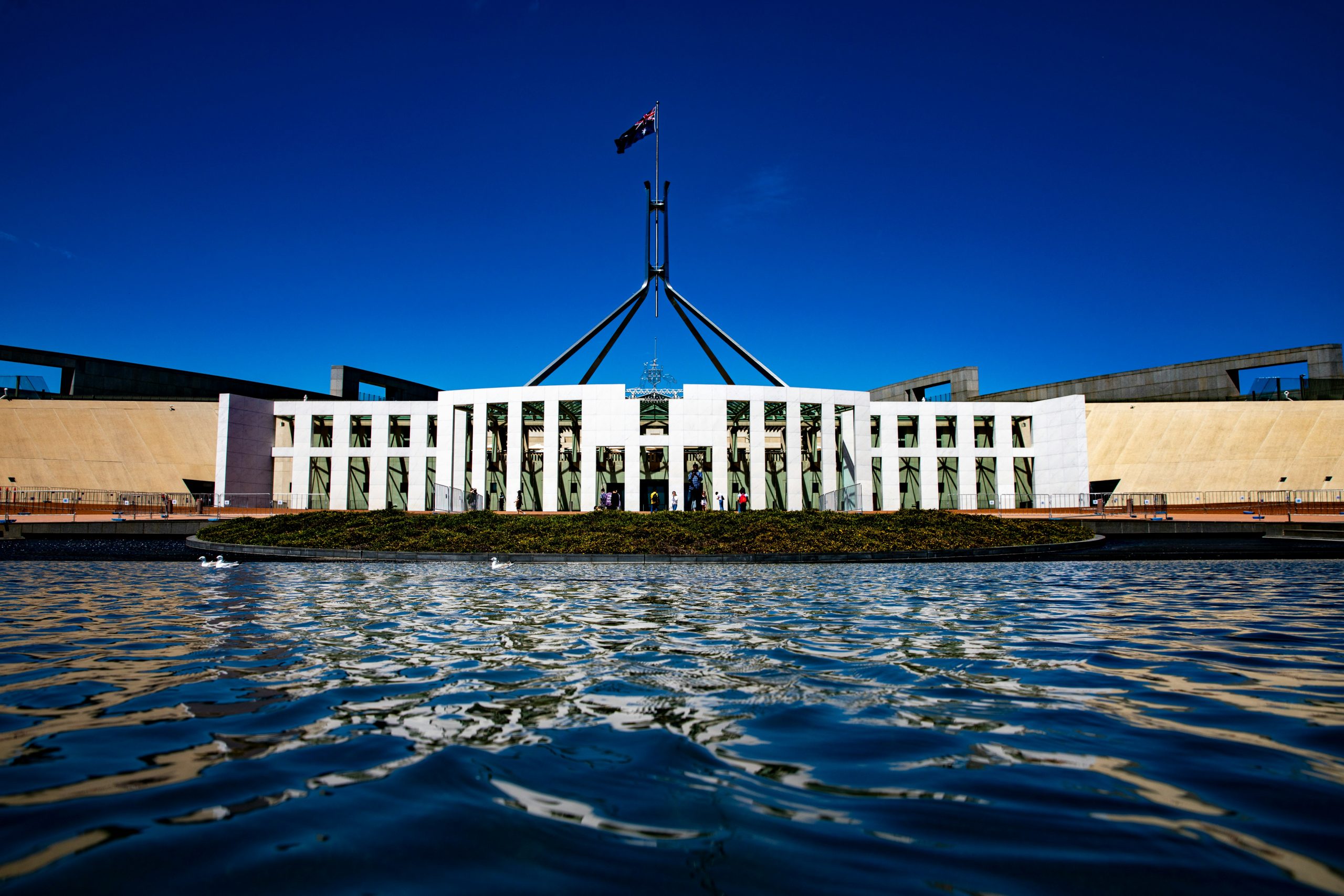Costs of living getting you down??
How do increases effect the amount of Child Support you may be entitled to?
The costs of living in Australia are skyrocketing.
Petrol prices have hit an all-time high due to the war in Ukraine, whilst the post-Covid boom has meant property prices have risen some 10 – 20%.
So does this mean one should be entitled to receive more child support to combat these rising costs of living?
Unfortunately not directly, if your agreement is governed by the Child Support Agency. However, to discover that there might be some light at the end of the tunnel keep reading!
The Child Support Agency calculates rates of payment by using an 8-step formula.
The 8 Step Formula
The 8-step formula broadly considers the income available to both parties, the current care arrangements for the children and the costs associated with raising those children.
We’ve broken down each of the 8 steps in the formula below.
Step 1
Firstly, the child support agency works out each parent’s child support income.
A child support income, is distinct from a parent’s taxable income. A child support income is calculated by considering the parent’s adjusted taxable income minus an amount used for supporting one-self or another dependant.
Step 2
The Child Support Agency will then combine both parents’ child support income.
Step 3
Next, each parents’ income is divided by that combined total. This will give the Child Support Agency each parents’ income percentage.
Stage 4
The Child Support Agency will now consider how much care you provide.
Parties may already have an agreement in place regarding how much time a child spends with each parent.
In that case, each party would just need to inform the Child Support Agency with an estimate of how many nights per year they spend with that child.
In instances where the parties cannot agree, the Child Support Agency will work this rate out for you.
You will need to provide evidence to the agency in this regard. Evidence could include a diary showing when you care for the children, a court order or a parenting plan.
Based on how many nights per year a parent spends caring for a child, the Child Support Agency will work out which of the below levels of care that time falls into.
The 5 levels of care are:
- Below regular care (0 – 51 nights a year)
- Regular care (52 – 127 nights a year)
- Shared care (128 – 237 nights a year)
- Primary Care (238 to 313 nights a year)
- More than Primary Care (313 nights + a year)
It is important to inform the Child Support Agency as soon as possible if your care arrangements change.
Stage 5
The Child Support Agency will now work out each parent’s cost percentage.
The Agency uses a care and cost table (https://www.servicesaustralia.gov.au/basic-child-support-formula?context=21911#careandcost) which bases costs around how much care you provide. The Agency will also consider the number of children you care for and their respective ages.
Stage 6
The costs percentage above is then subtracted from the income percentage of each parent.
The result is called the child support percentage. This percentage determines whether a parent pays or receives child support.
If the percentage is positive, then the parent is assessed as needing to pay child support. This is as that parent is not meeting their share of the child’s costs through their care alone.
Steps 7 & 8 only apply in situations of a positive child support percentage.
Stage 7
The Child Support Agency will now work out the costs of the children using this table. https://www.servicesaustralia.gov.au/basic-child-support-formula?context=21911#costsofchildren
Stage 8
Lastly, the Child Support Agency will work out the total amount of child support payable. The Agency will use the costs from stage 7 and multiple them against the positive child support percentage from stage 6 to calculate this rate.
In the event both parents may be required to pay child support to each other, these costs will be offset, with only any remainder funds payable.
Any good news?? The good news is that the child support income that we spoke about above, various each year and is indexed to the cost of living, so this will generally go up each year, and will provide for increases in the costs of living, but it is general, and does not take into account your actual costs of living increases.
Binding Child Support Agreement
If you are unhappy with the rate the Child Support Agency has calculated for you, you are open to enter into a Binding Child Support Agreement (‘BCSA’) with your child’s other parent (but the catch, as with any agreement, is that you both have to agree to do so).
A BCSA is a written document between parents that sets how much child support should be payable by one parent to another and how that payment should be made.
In order to receive child support under a BCSA, you must have care of that child for at least 35% of the time.
Furthermore, both parents must obtain independent legal advice prior to entering into the BCSA.
Each party’s lawyer must also sign a certificate in order for the BCSA to become binding.
In times where the costs of living are rising rapidly, a BCSA is a good option to protect yourself and ensure that your children are adequately supported.
Alternately, you may want to speak to us about having the amount of child support paid reviewed.
If you wish to explore your options in respect of child support further, Lynn & Brown Lawyers have a team of highly experienced family lawyers who can provide further assistance.
About the Author: Jasmine Trewin is a family lawyer who has completed both a Bachelor of Laws and Bachelor of Arts (majoring in Journalism). Jasmine spent time working at the Federal Court of Australia before joining Lynn & Brown Lawyers in August 2021.
















